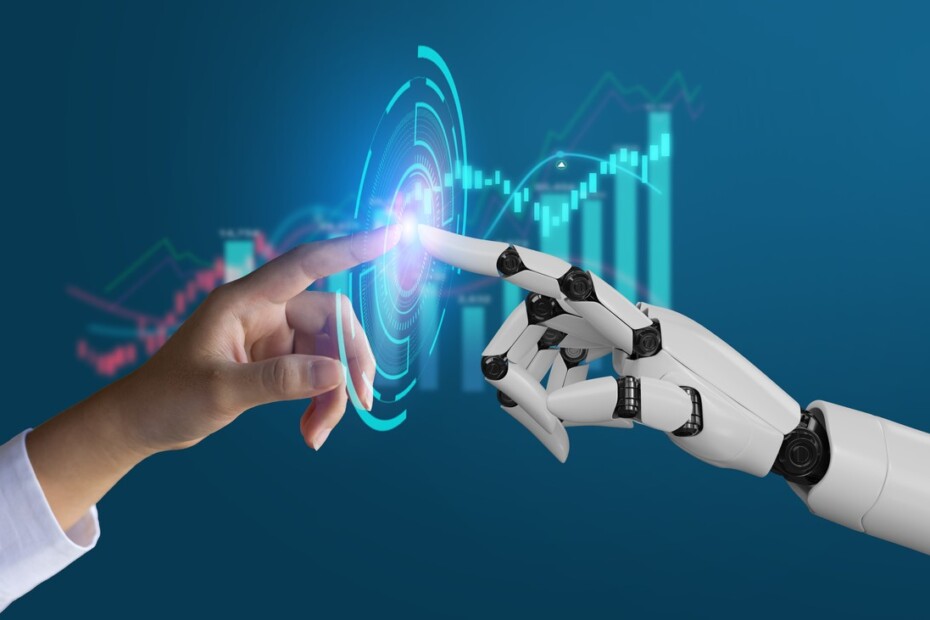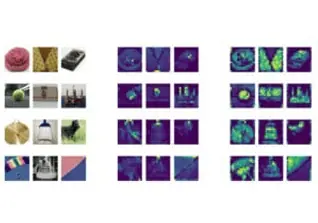Is Arm’s IPO This Year’s Best AI Play?
By Ron Wilson
What’s at stake:
Arm’s public offering could be a chance to invest in the explosive growth of artificial intelligence. Or investors could be buying into a total misunderstanding of Arm and what it does — whether AI takes off or not.
No recent tech IPO has stirred as much discussion as Softbank’s plan to float about ten percent of Arm Ltd. on the US NASDAQ exchange. Although Softbank has quietly backed off from their initial suggestions about an offering price, the figures still imply earnings growth close to that of Nvidia. That is, astronomical.
Read More »Is Arm’s IPO This Year’s Best AI Play?









